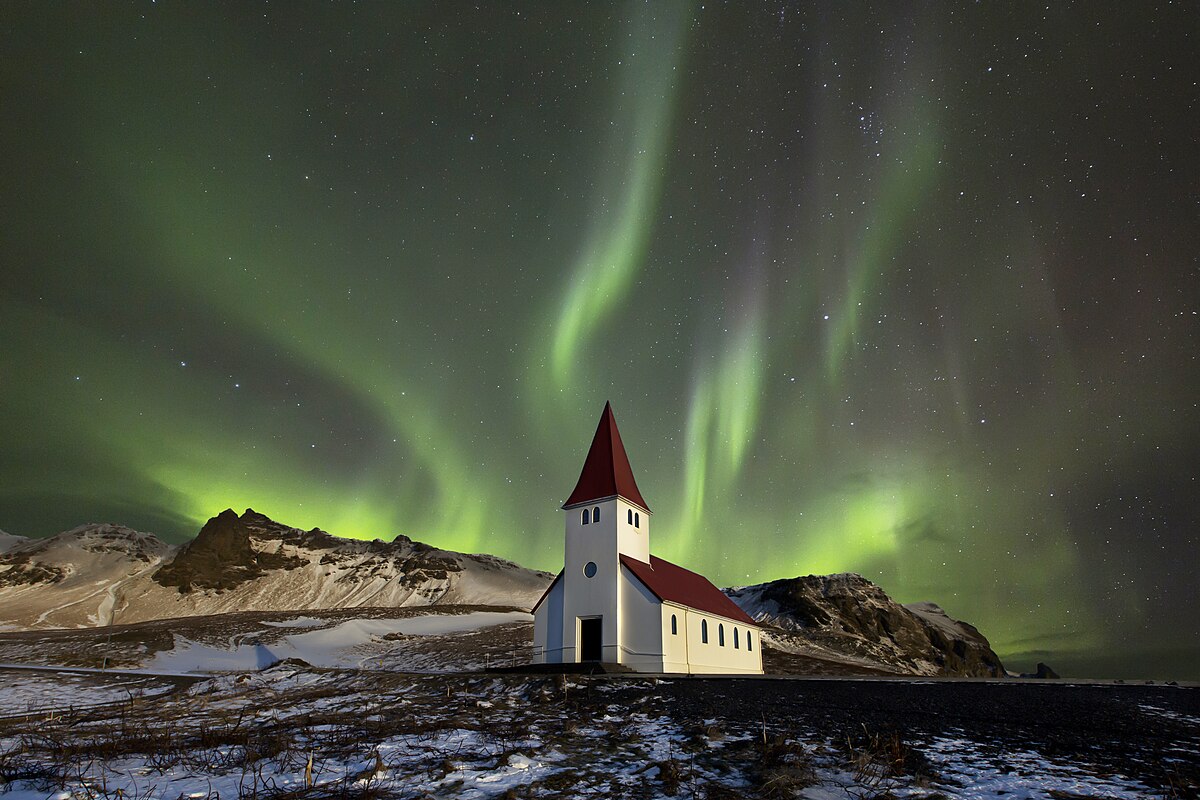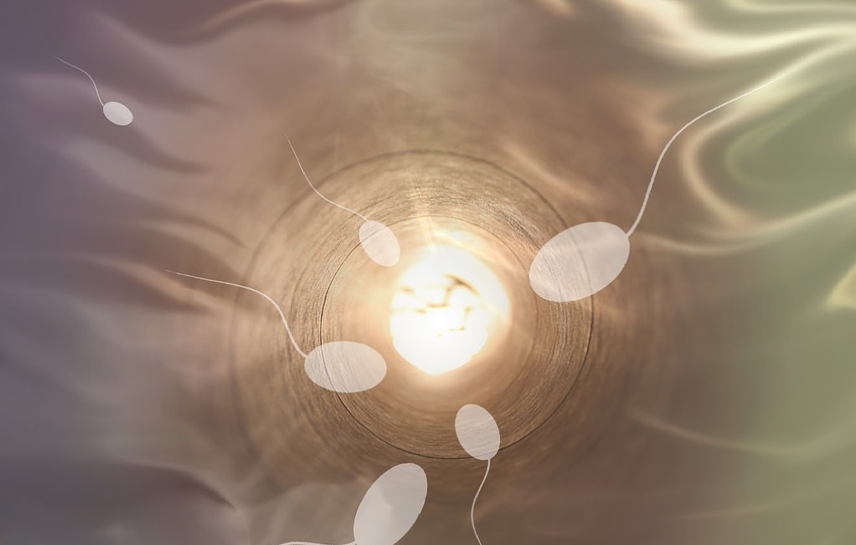The High-frequency Active Auroral Research Program (HAARP) is preparing for a four-day research campaign in Alaska, led by the University of Alaska Fairbanks (UAF), to investigate the mysteries of the ionosphere—a region of the Earth’s atmosphere found between 30 and 350 miles above the surface.
The experiment is set to begin on Saturday, with scientists from various universities convening at HAARP’s facility to focus on understanding the mechanisms behind optical emissions in the ionosphere and the role of plasma waves in these phenomena.
From Solar Auroras to HAARP’s Electrifying Experiments
HAARP’s artificial airglow will be visible up to 300 miles from its facility in Gakona, Alaska. This airglow appears as a subtle display of red or green light in the sky, created by exciting electrons in the Earth’s ionosphere through high-frequency radio transmissions.
Similar to solar energy creating natural auroras, HAARP induces airglow through intermittent bursts of high-frequency radio waves that excite electrons in the ionosphere. HAARP’s Ionospheric Research Instrument, equipped with 180 high-frequency antennas in a phased array over 33 acres, can emit 3.6 megawatts of energy into the ionosphere and upper atmosphere.
Enhancing Satellite Safety and Radio Communication
HAARP’s artificial airglow serves not only as a celestial display but also as a crucial scientific tool for comprehending the ionosphere. It aids in studying optical emissions and plasma waves, enhancing satellite collision detection, improving radio wave propagation models, and benefiting communication, GPS, and radio systems. Additionally, the airglow helps visualize complex ionospheric interactions, contributing to our understanding of space weather’s impact on Earth’s atmosphere and the development of strategies to protect communication and navigation systems.







